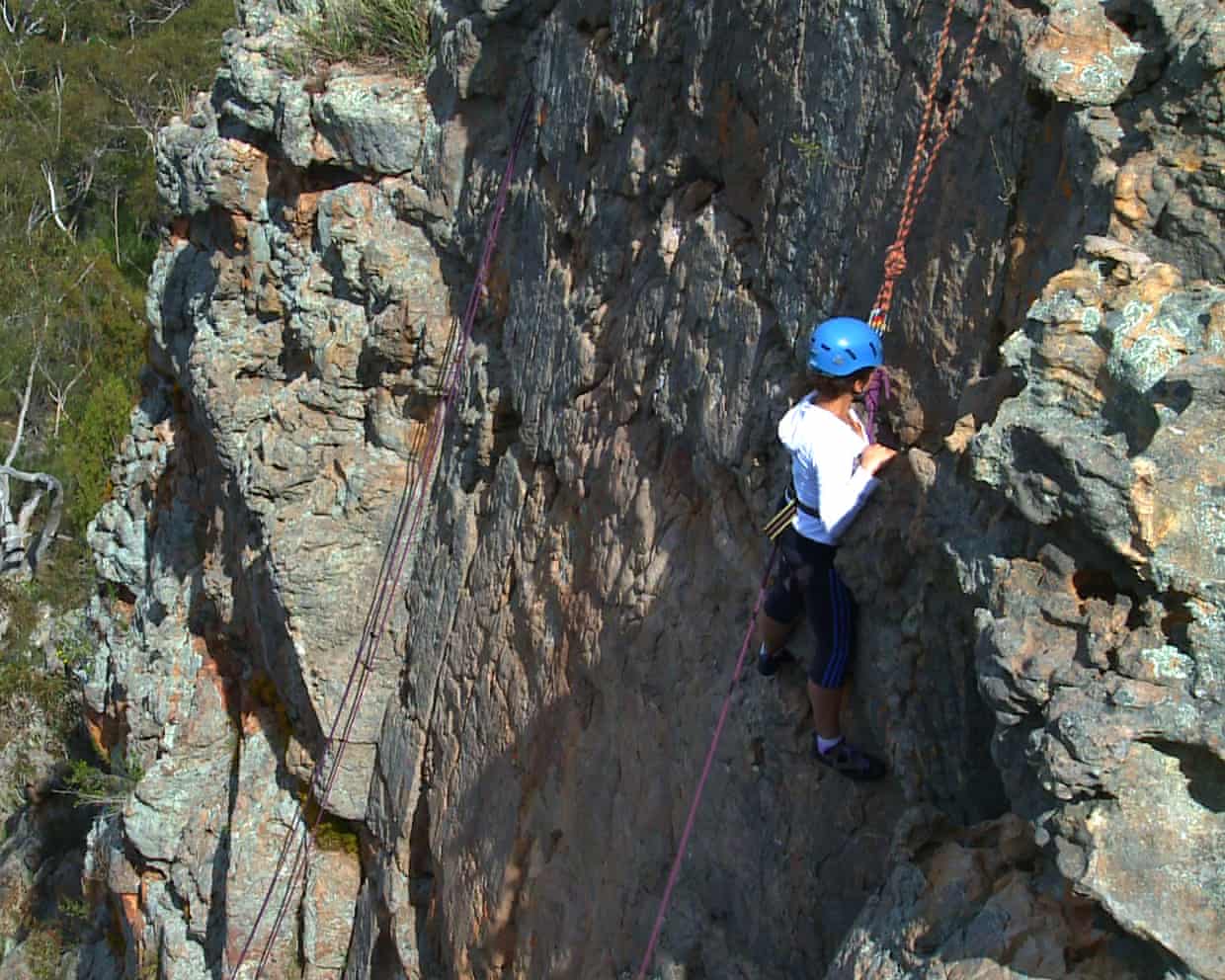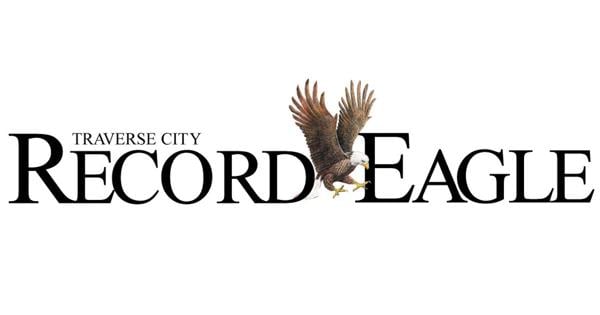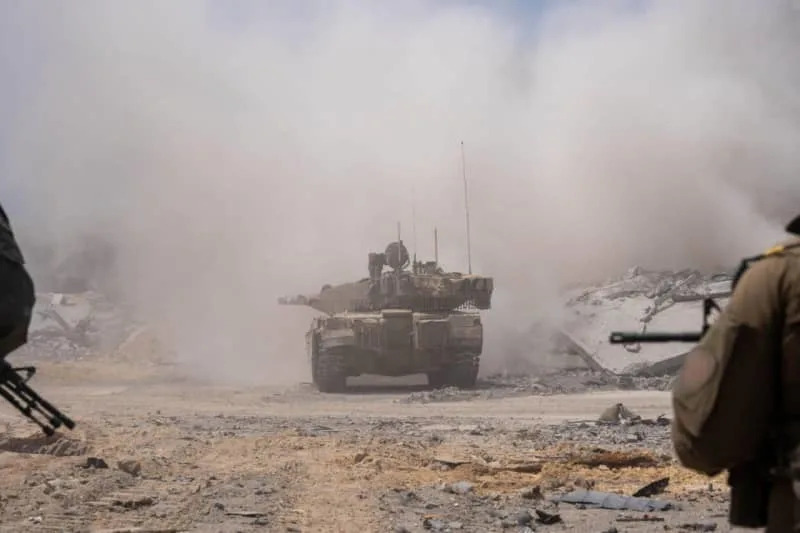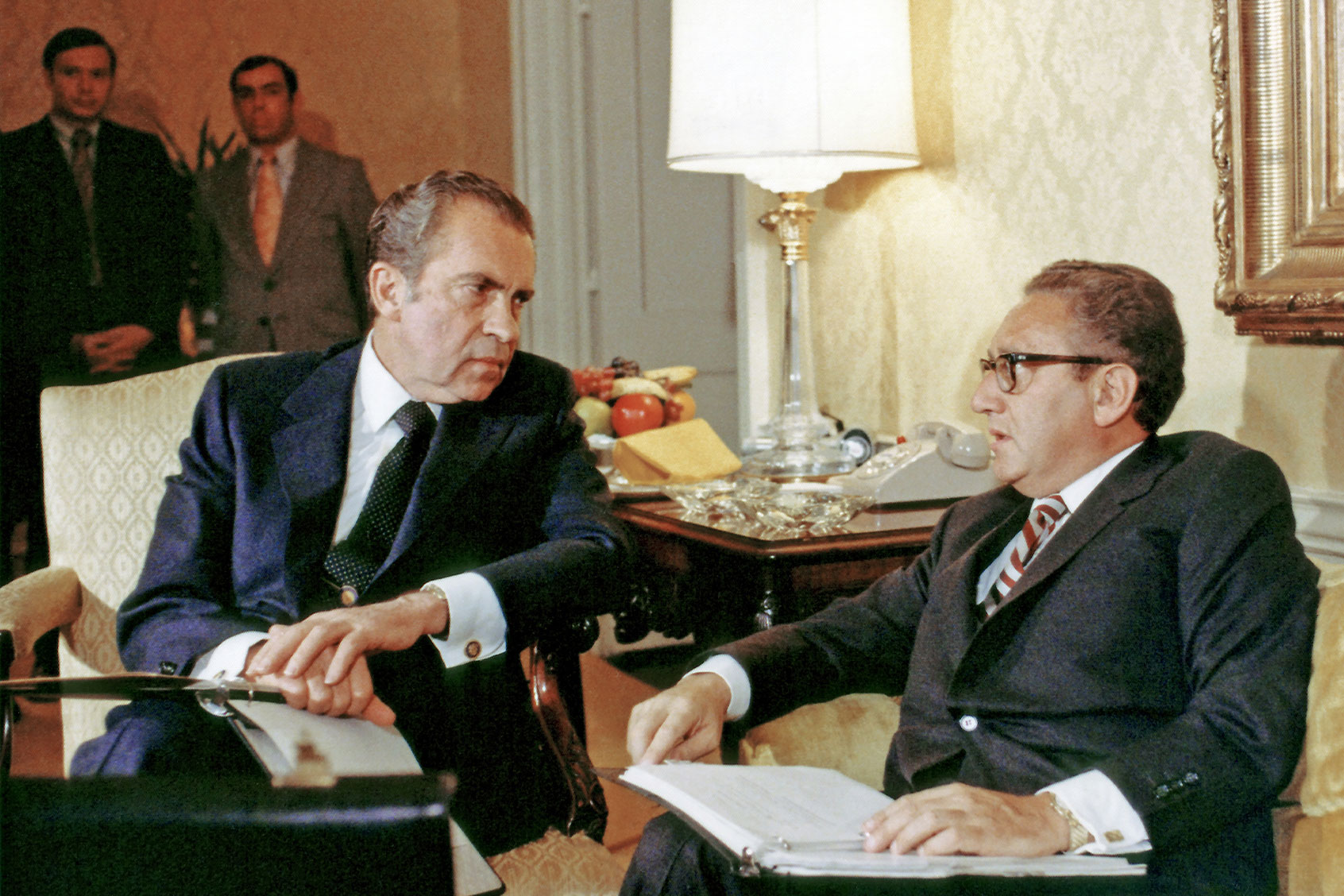Rock climbers in Victoria are expressing defiance towards voluntary bans imposed by the government on specific climbing routes near Mount Arapiles. Despite a call from Parks Victoria and the Barengi Gadjin Land Council to respect Indigenous heritage, many climbers are discussing plans to disregard these restrictions. The area, renowned as one of Australia’s premier climbing destinations, is home to significant Indigenous sites, including ancient rock art and numerous artefacts.
The management plan by Parks Victoria highlights the cultural importance of the area, which includes rock art dating back at least 3,000 years and one of the largest Indigenous stone quarry complexes in Australia. A notice from Parks Victoria requests that climbers avoid five specific routes in the park to protect these cultural resources.
“While Parks Victoria and Barengi Gadjin Land Council determine a longer-term management response, and out of respect for this significant cultural landscape, visitors are requested to not enter this area,” the agency stated. It is currently developing an amendment to the Dyurrite cultural landscape management plan, which may lead to more formal restrictions in the future. Notably, there is currently no enforcement mechanism for these voluntary bans.
Despite these requests, comments on a local climbing Facebook page reveal a strong sentiment against compliance. One climber questioned the feasibility of enforcing the ban, stating, “What are they going to do … chase someone up a hard core 30?” Another remarked on their enjoyment of resisting climbing restrictions across Australia.
Public feedback collected during a consultation process earlier this year indicates widespread opposition to the proposed bans. The consultation, which concluded in February 2023, involved more than 1,000 individuals, with approximately 90% identifying as rock climbers. A summary report from the feedback highlighted a common theme: the perceived threat to the climbing culture in the region.
“Participants felt the amendments represent a significant loss and disregard for the climbing community and diminish Mount Arapiles as a premier climbing destination,” the report noted. The consultation process received 581 submissions and conducted 1,094 online surveys, along with an information session that attracted over 365 attendees.
“While many participants showed respect for the need to protect cultural heritage, there was strong feedback calling for the scope of the permanent restrictions to be reconsidered,” the report concluded. As climbers express their discontent, the tension between preserving Indigenous heritage and maintaining access for recreational activities remains unresolved.
The voluntary bans specifically target areas known as Chicken Boulder, Pharos Boulders, Plaque Rock, Taylors Rock, and Castle Crag, due to their significant Aboriginal cultural values. A spokesperson for the Victorian government emphasized the importance of outdoor experiences, stating, “The great outdoors are to be experienced and admired, not locked away.”
Currently, efforts to develop a comprehensive management plan for Mount Arapiles have been paused while the Community Working Group seeks to create more inclusive opportunities for public engagement with the Dyurrite landscape. The area is not only significant for its cultural heritage but also attracts thousands of visitors annually, drawn by its reputation as a top climbing location.
As the debate continues, climbers and conservationists will need to find common ground that respects both the Indigenous cultural heritage of the land and the climbing community’s passion.







